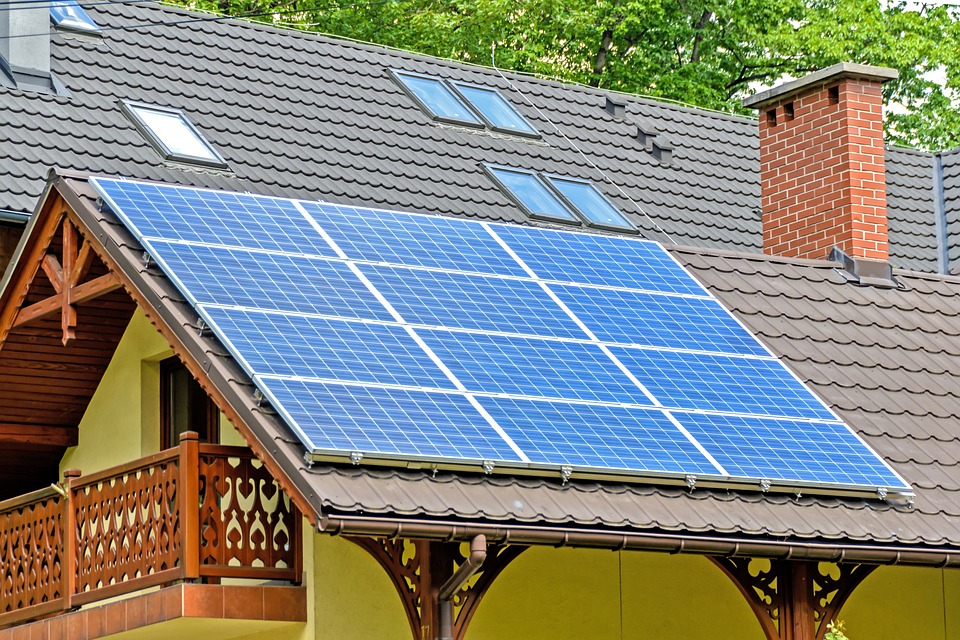
Subduction zones play a critical role in plate tectonics, which is the theory that describes how the Earth’s outermost layer, or lithosphere, is broken into a series of large and small plates that move relative to one another. Subduction zones are one of the three types of plate boundaries, where two plates converge, or come together. In this context, subduction zones are significant because they create some of the most powerful geological phenomena on the planet, including earthquakes, volcanic eruptions, and the formation of mountain ranges. In this answer, we will explore what subduction zones are, how they work, and their importance to plate tectonics.
Subduction Zones
Subduction zones are where two tectonic plates meet and one plate, the denser of the two, sinks beneath the other plate, a process known as subduction. The process occurs when two plates converge, or come together, at an angle. The denser of the two plates, which is usually the oceanic plate, sinks beneath the less dense plate, which is often a continental plate. Subduction zones are typically associated with deep oceanic trenches, which are long, narrow depressions in the seafloor.
The subduction process causes a number of geological phenomena, including earthquakes and volcanoes. In addition, subduction zones are also the sites of oceanic crust recycling, which is the process of returning oceanic lithosphere to the mantle. This is important because it is a fundamental part of the plate tectonic cycle, which involves the continuous movement of material between the mantle and the Earth’s surface.
How Subduction Zones Work
The process of subduction begins when two tectonic plates converge. As the plates move towards one another, the denser of the two plates, which is usually the oceanic plate, starts to sink beneath the other plate. The point at which the two plates meet is known as the subduction zone.
The sinking of the oceanic plate causes it to heat up and become more pliable as it gets closer to the mantle. As the plate sinks further into the mantle, the increasing pressure and temperature cause it to melt, forming magma. This magma then rises through the overlying plate, causing volcanic eruptions on the Earth’s surface.
The subduction process also causes earthquakes. As the two plates converge, they become locked together. Over time, the pressure builds up along the subduction zone, causing the overlying plate to deform and bend. Eventually, the pressure becomes too great, and the two plates suddenly slip, causing an earthquake. These earthquakes can be extremely powerful and are often responsible for the most devastating seismic events on the planet.
Oceanic Crust Recycling
In addition to causing earthquakes and volcanoes, subduction zones are also important because they facilitate the process of oceanic crust recycling. Oceanic crust is the outermost layer of the ocean floor, and it is continuously formed at mid-ocean ridges, where two plates are moving apart. As the plates move apart, magma rises from the mantle and solidifies to form new oceanic crust. This process, known as seafloor spreading, is one of the key components of plate tectonics.
However, oceanic crust is relatively young and thin compared to continental crust, which is why it is denser. As a result, when two plates converge at a subduction zone, the oceanic crust is forced down into the mantle, where it melts and is recycled back into the Earth’s interior. This recycling process is essential to the long-term sustainability of the Earth’s tectonic system, as it allows for the continuous renewal of the planet’s lithosphere.
The Importance of Subduction Zones to Plate Tectonics
Subduction zones are a critical component of plate tectonics, as they play a significant role in the movement and recycling of Earth’s lithosphere. Subduction zones help regulate the amount of lithospheric material on the planet by returning oceanic lithosphere to the mantle, where it can be remelted and recycled back into the Earth’s interior.
Moreover, subduction zones are responsible for creating some of the planet’s most significant geological features, including volcanic arcs and mountain ranges. For example, the Andes Mountains in South America and the Cascades in the western United States were formed by subduction of oceanic lithosphere beneath continental lithosphere, leading to volcanic activity and uplift.
Subduction zones also provide an important mechanism for the exchange of material between the Earth’s mantle and surface. As the oceanic lithosphere sinks into the mantle, it carries with it water, carbon dioxide, and other volatile elements. These volatiles can then be released from the subducting plate and contribute to the formation of new magma, which can rise to the surface and erupt as volcanoes.
In addition, subduction zones play a critical role in the formation of plate boundaries. The three types of plate boundaries – divergent, convergent, and transform – are all interconnected and dependent on one another. Subduction zones are particularly important in the formation of convergent plate boundaries, which occur when two plates move towards one another.
Finally, subduction zones are essential to our understanding of the Earth’s geological history. The study of subduction zones provides insight into the formation of mountain ranges, volcanic activity, and the evolution of the planet’s lithosphere. By analyzing the composition and age of rocks formed at subduction zones, scientists can gain a better understanding of the Earth’s past and how it has evolved over time.
Conclusion
In conclusion, subduction zones are a critical component of plate tectonics, and they play a significant role in shaping the Earth’s surface and regulating its lithospheric cycle. Subduction zones are responsible for the formation of volcanic arcs, mountain ranges, and many other geological features. They also facilitate the recycling of oceanic lithosphere back into the mantle, which is essential to the sustainability of the Earth’s tectonic system. Additionally, subduction zones provide a mechanism for the exchange of material between the Earth’s mantle and surface and contribute to our understanding of the planet’s geological history. As such, subduction zones are an essential area of study for geologists and other Earth scientists.







